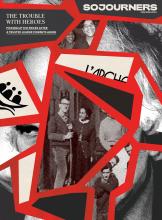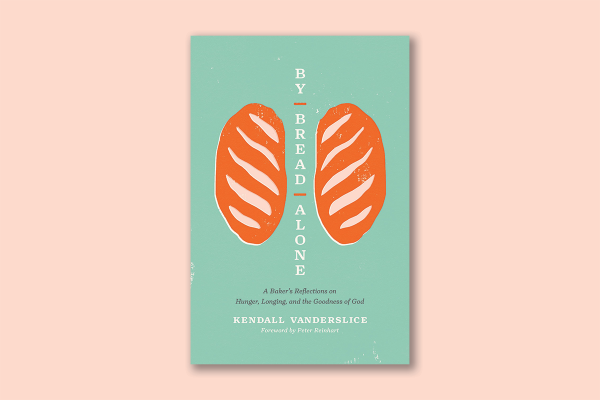WHEN I FINISHED reading Kendall Vanderslice’s By Bread Alone, I went into my kitchen and measured out flour, water, yeast, and salt. I kneaded the dough, let it rise and fall then rise again. Soon, three golden loaves were ready for me to bring to my pastor and his family. Bread connects us to each other and to Jesus. As Vanderslice details in her book, bread is central to the Christian story.
Vanderslice, who holds a master’s in gastronomy from Boston University and a master’s in theological studies from Duke Divinity School, is a professional baker and practical theologian. She seeks to create an eternal communion, much like the “taste of bread lingering on our tongues.”
Read the Full Article

